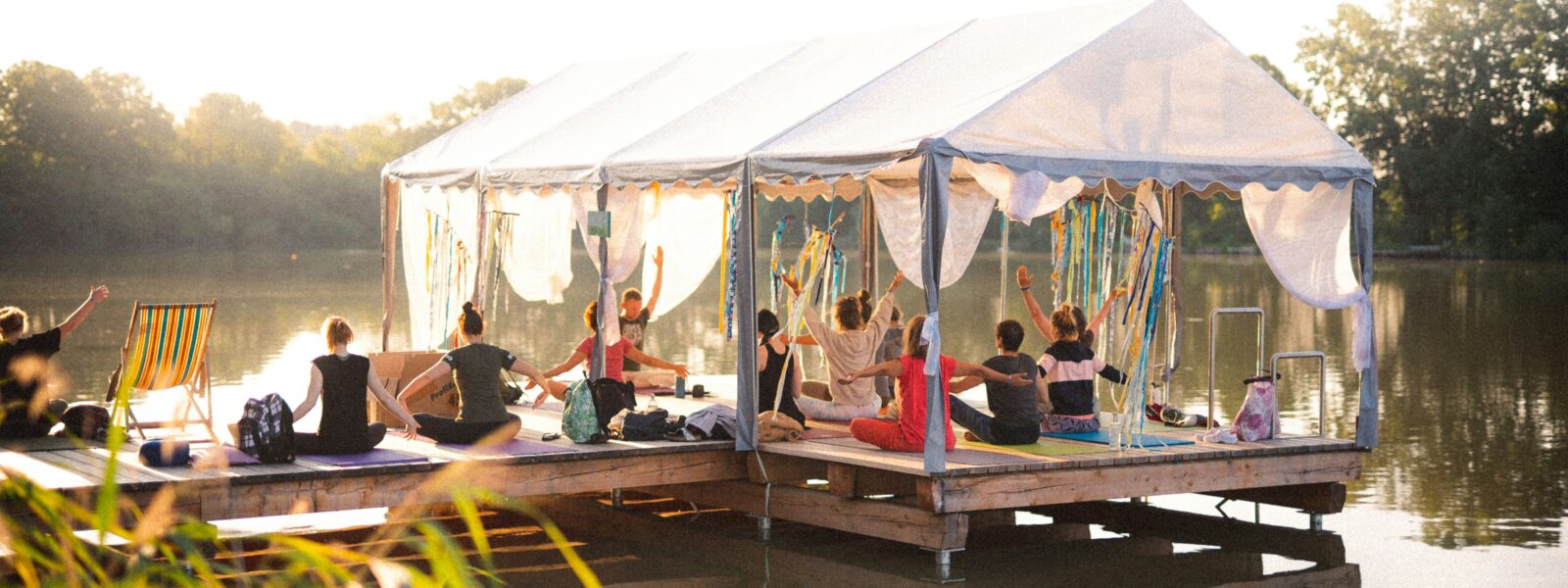A traditional yoga session typically involves a series of physical postures (asanas), breathing exercises (pranayama), and relaxation or meditation techniques. Here’s a breakdown of what you might expect in a traditional yoga session.
Course of a traditional Yoga session
1. Setting the Intention:
The session often begins with setting an intention or focus for the practice. This could be anything from cultivating mindfulness and inner peace to improving flexibility or finding balance.
2. Centering:
The class might start with a few minutes of centering, where participants bring their attention to the present moment, perhaps through breathing exercises or a short meditation.

3. Warm-Up:
A gentle warm-up sequence is usually performed to prepare the body for the more challenging asanas to come. This may involve gentle stretches, joint rotations, and movements to awaken the muscles and increase blood flow.
4. Asana Practice:
The bulk of the session is dedicated to practicing various yoga asanas. These postures are designed to stretch, strengthen, and balance the body, as well as promote relaxation and mental clarity. The sequence of asanas may vary depending on the style of yoga being practiced (e.g., Hatha, Vinyasa, Ashtanga) and the instructor’s preferences. Poses can range from standing, seated, prone, supine, and inverted postures.
5. Breathing Exercises (Pranayama):
Throughout the session, emphasis is often placed on coordinating breath with movement. Towards the middle or end of the class, dedicated pranayama exercises may be introduced. These breathing techniques can help regulate the breath, increase lung capacity, and calm the mind.
6. Cool Down and Relaxation:
After the physical practice, there’s typically a cool-down period where participants perform gentle stretches to release any tension built up during the practice. This may be followed by a guided relaxation or meditation, allowing the body and mind to fully absorb the benefits of the practice.

7. Closing:
The session concludes with a brief period of reflection or gratitude, acknowledging the effort put into the practice and its positive effects. Some instructors may also offer a traditional closing chant or mantra.
Throughout the session, the instructor may offer verbal cues and adjustments to help participants deepen their practice and ensure proper alignment. It’s important for practitioners to listen to their bodies, modify poses as needed, and practice within their own limits to prevent injury and experience the full benefits of yoga.
Explore Meditation Retreats & Wellness Retreats
Explore Yoga Retreats with Tejomaia.com


